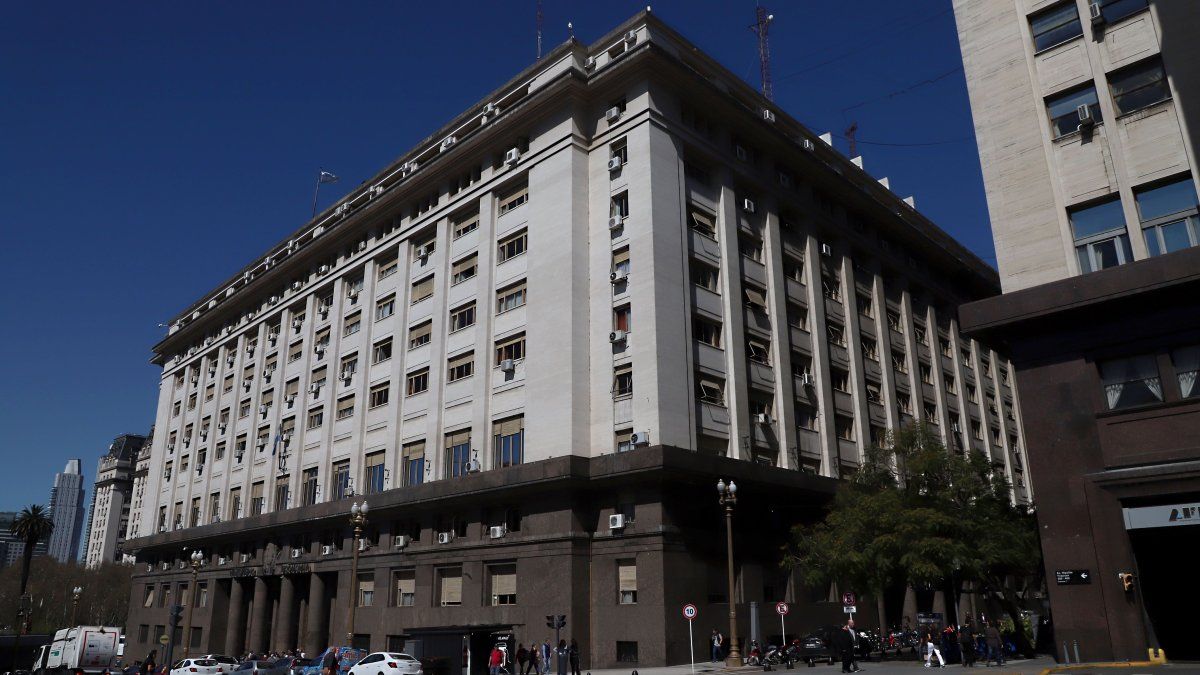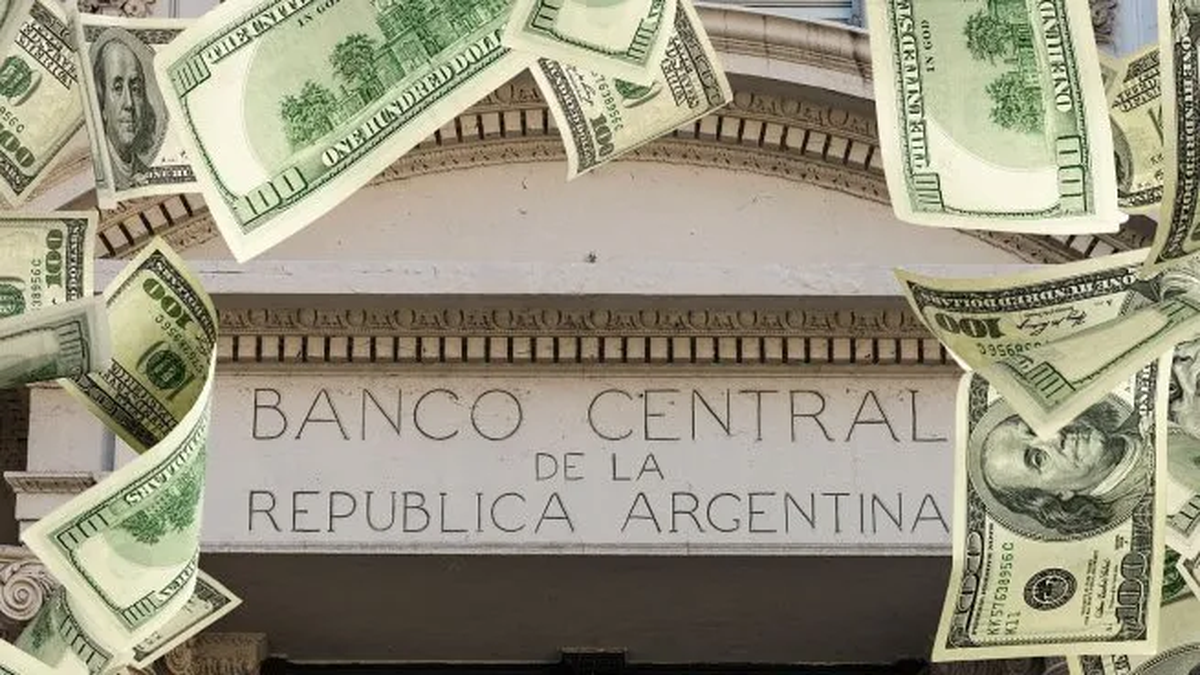Based on the increase in the interest rate set by the Central Bank, economists analyze its performance in the face of inflation that they assure will continue to grow. Although they highlight the decrease in the stock of fixed terms since the PASO, they do not reject the convenience of the new monthly rate of 11%.
The Board of Directors of the Central Bank (BCRA) decided to increase the rate monetary policy from 118% to 133%. The decision was marked by hesitation regarding how and in what amount to respond to the 12.7% inflation rate in September and the exchange rate run, to which Javier Milei removed the ceiling with his statements about not renewing Fixed deadlines. In that context, Economists warn of a real drop of 20% in the stock of this instrument after the PASO and maintain divided opinions on its choice despite the increase applied.
The content you want to access is exclusive to subscribers.
The updates determined by the body directed by Miguel Pesce They fall on the performance of the 28-day Leliq and the 30-day fixed terms of up to $30 million. This time, the BCRA did not share in its official statement the increase in the annual effective rate, which according to private calculations will be 254.5% for Leliq and 253.3% for fixed terms. For the rest of the private sector’s fixed-term deposits, the minimum effective monthly guaranteed rate is set at 126%.


The fixed term will maintain, until further notice, a 11% monthly effective rate. The BCRA’s intention is to align inflation expectations in a decreasing trend. However, for Claudio Caprarulo, director of the consulting firm Analytica, “it is very difficult for inflation to be less than 12% in October, with the acceleration in financial dollars and still with the post-election question. Yesterday, the INDEC released the CPI for September, marked by the “carry-over effect” of the August devaluation: 12.7% year-on-year and 138.3% year-on-year.
In that sense, the economist does not clearly see that sufficient incentives are generated to place the pesos in a fixed term. “There are many incentives to dollarize, Even if a very positive real interest rate is set, the market may still dollarize. because we have as a possible winner of the elections a candidate who will try to dollarize,” he says in dialogue with Ámbito. In any case, he recognizes that the proposals of the candidate for La Libertad Avanza (LLA) “generate more uncertainty” than the current situation. During the last day before the holiday, the blue dollar fell to $980, while the CCL rose to $975.19 and the MEP the same to $870.09.
Under this panorama, the economists consulted by Ambit observe a notable disarmament of positions in pesos, although at the moment it is not alarming. “In September fixed terms fell sharply, and those that fell the most were retail ones. That means that the small saver is taking money out of fixed terms and a large part of it goes to the dollar,” highlights Caprarulo.
Federico Machado Busanieconomist at the Policy Observatory for the National Economy (OPEN), provides precision about this financial movement: “Since the PASO, the stock of fixed-term deposits fell practically 20% in real terms” he assures, but clarifies that he had as a counterpart a increase in savings and checking account deposits. “This happens because people do not withdraw the cash to save them, but use it to buy another asset (for example, dollar) and the person who sells them returns those pesos to the system, but in a shorter term,” explains the specialist.
For the economist Joel Lupierithe lack of exchange predictability does not help mitigate the noise within the market, nor do the statements from the BCRA and the banking chambers referring to the health and strength of the financial system.
However, for both specialists Fixed-term investment is still a considerable option. Machado Busani does calculations and concludes that, with a monthly rate of 11%, the parallel dollar should reach $1,200 in mid-December to tie the fixed term. For his part, for Lupieri, staying in pesos with this rate may be advisable “for investors who are more adept at risk.” Both understand that the situation is subject to the proximity of the elections and are considering the option of dollarizing. In any case, Lupieri considers that, in the event of a massist victory, the reduction of the deficit, reduction or freezing of issuance, and tax reorganization should be the pillars of a stabilization plan.
Source: Ambito




